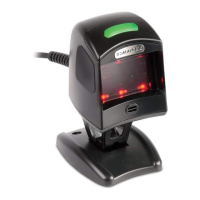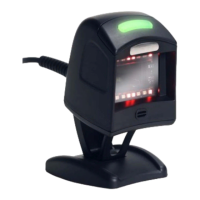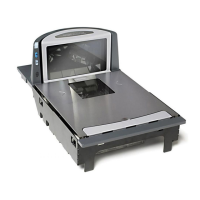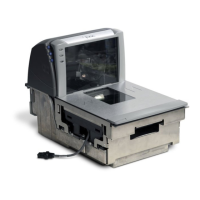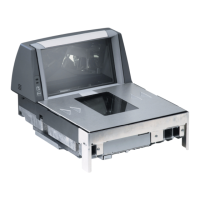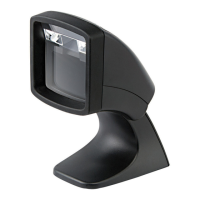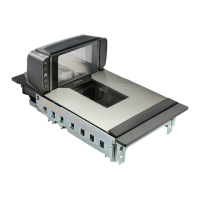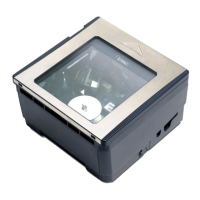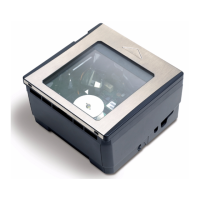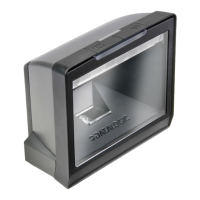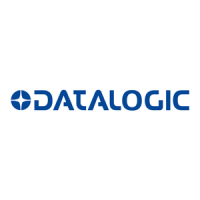
Do you have a question about the Datalogic Magellan 1100i OEM and is the answer not in the manual?
| Brand | Datalogic |
|---|---|
| Model | Magellan 1100i OEM |
| Category | Barcode Reader |
| Language | English |
Describes the Magellan 1100i OEM scanner's function as a compact, decoded, omni-directional imaging scanner for integrated applications.
Provides instructions for carefully opening the scanner's custom packaging and inspecting its contents for completeness.
Details proper handling procedures for the scanner's sensitive components to avoid damage and maintain warranty.
Identifies the Datalogic website as the primary source for technical support, product manuals, and software updates.
Highlights authorized Datalogic resellers as a source for assistance, acquainted with specific business and application needs.
Provides contact information for Datalogic technical support via telephone for users without internet or email access.
Discusses designing the host enclosure opening and mounting to ensure optimum scanner performance and minimize environmental impact.
Clarifies that the OEM scanner is not for standalone use; standard models should be used instead.
Advises on routing the interface cable within the host enclosure, suggesting flat or round cables for efficient management.
Emphasizes the importance of proper ventilation within secondary enclosures to prevent overheating and maintain scanner reliability.
Details criteria for optimal scanner positioning, including minimum and maximum read distances and depth of field considerations.
Provides guidelines for designing the host enclosure opening to ensure it does not obstruct the scanner's Field of View or illumination.
Warns against using additional windows between the scanner and bar code due to potential performance degradation.
Stresses the need for adequate ESD protection in host enclosure design, recommending grounding for mounting surfaces and avoiding powered interface cables.
Lists key optical specifications including scan volume, scan rate, resolution, depth of field, and read angle tolerances.
Details the scanner's electrical requirements, including operating voltage, input current for idle and read states, and surge current.
Outlines environmental specifications such as shock resistance, IP rating, operating/storage temperatures, humidity, and vibration limits.
Provides the scanner's physical dimensions and weight.
Presents detailed dimensional drawings of the scanner from multiple views, including mounting hole specifications.
Illustrates the scanner's Field of View with dimensions, providing guidance for enclosure design and clearance.
